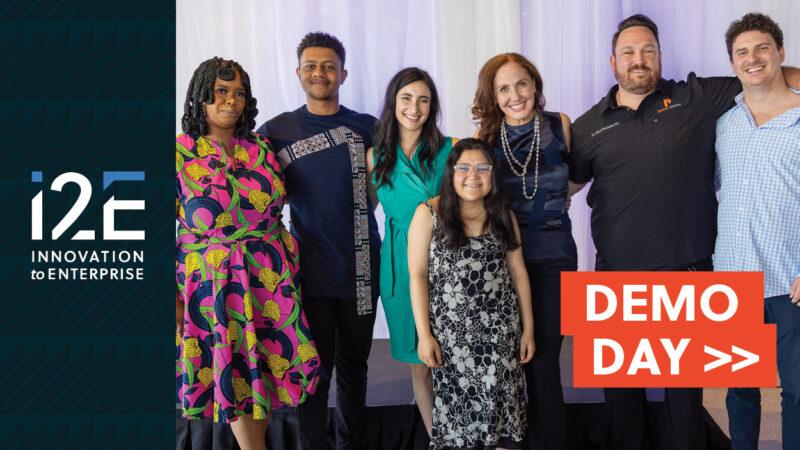Modest Oklahoma investments lead to innovation
By Scott Meacham
Copyright 2016, © The Oklahoma Publishing Company
Most of us have probably read to ourselves, our children or our grandchildren that all-time favorite, “The Little Engine that Could.” This simple tale has been teaching the value of optimism and hard work to millions of young (and old) readers for more than a hundred years.
Several powerful locomotives are asked to pull a heavy string of cars over a mountain. They each have “good” reasons for why they can’t. The last engine in the yard is a small fellow — not nearly as big or seemingly as powerful as the larger engines.
With the mantra of “I think I can, I think I can,” that little engine successfully drags the long heavy train over the mountain to deliver Christmas toys to girls and boys.
That’s how I think of Oklahoma Medical Research Foundation (OMRF) — as that tenacious little engine that could.
OMRF may seem modest compared to some of the mega research institutions and university facilities across the country and around the world. Yet look at the transformative discoveries and successful companies that have come out of this nonprofit biomedical research institution.
Crescendo Bioscience, a molecular diagnostics company in South San Francisco acquired by Myriad Genetics for more than $270 million; Alexion a $30-plus billion business in Connecticut, and most recently Selexys, with stunning patient results from breakthrough therapies for treating sickle cell disease discovered by OMRF’s tenacious Rodger McEver, M.D., acquired this month by Novartis for up to $650 million or more.
“We have smart scientists, but their expertise is discovery and invention,” said OMRF President Stephen Prescott, M.D. “Formulation and toxicology are areas we don’t have and need to partner with when our scientists discover something that feels relevant, we find the right commercialization people and companies to partner with. We’ve got to have the mindset of forming partnerships and knocking down barriers.”
OMRF’s mindset toward commercialization is their secret sauce. “The origins of that is in our original motto from 70 years ago, that more may live longer and healthier lives,” Prescott said.
OMRF combines the best elements of academia, encouraging scientists to roam freely with imagination to increase (in Prescott’s words) the chance of productive collisions — with the power of the corporate lab — organizing so that people working in the same area trying to solve the same problems form a critical mass of thinkers who talk and help each other, bouncing ideas rather than being separated in silos typically seen in academic environments.
“Crescendo and Alexion succeeded elsewhere,” Prescott said. “Selexys was done here with local technology and local talent. The Oklahomans who put early money into the company will be rewarded. That gives potential investors and researchers the confidence that we can do it again.”
And that brings me back to the little engine, whose mantra at the end of the story was “I thought I could; I thought I could.”
By some measures, OMRF may be a “little engine.”
In my mind, it’s a force of nature. There’s no doubt that they think they can — as they have proved over and over.
Scott Meacham is president and CEO of i2E Inc., a nonprofit corporation that mentors many of the state’s technology-based startup companies. i2E receives state appropriations from the Oklahoma Center for the Advancement of Science and Technology and is an integral part of Oklahoma’s Innovation Model. Contact Meacham at [email protected].








